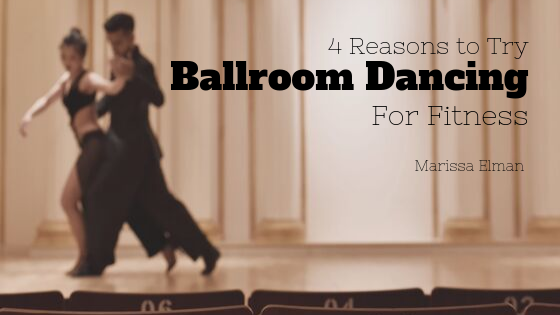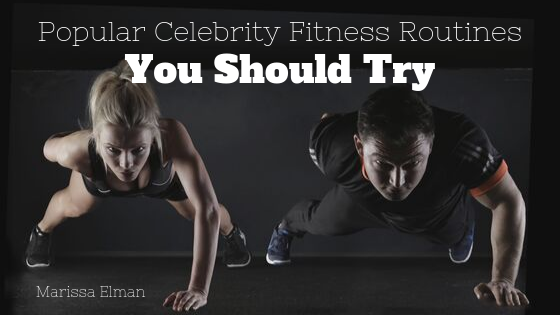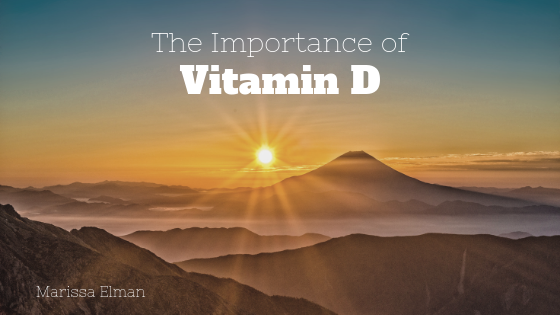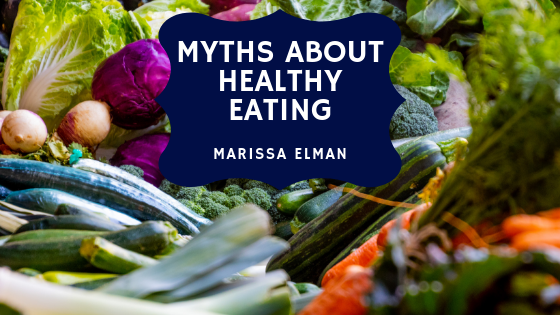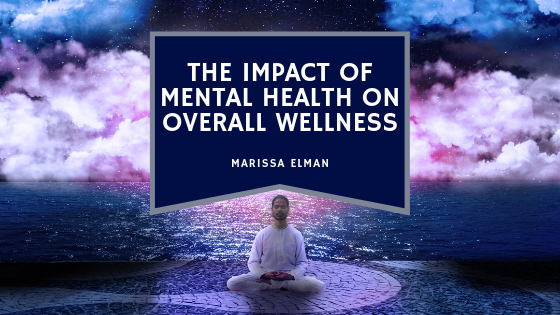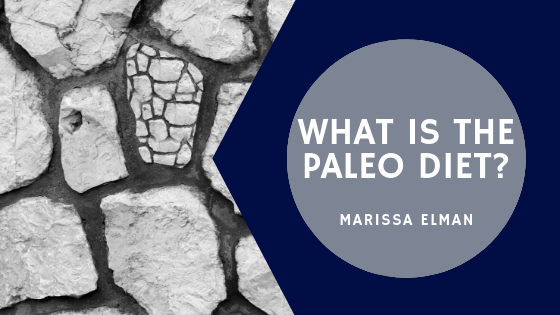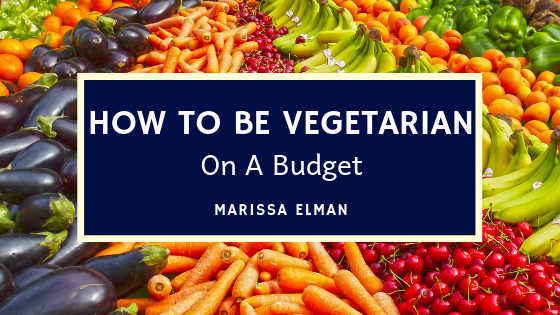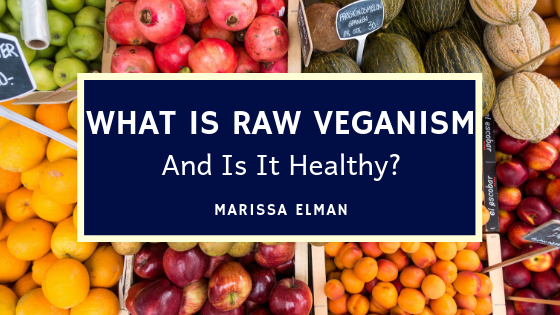There are many reasons why you should try ballroom dancing for fitness. For example, ballroom dancing is great for your overall health and wellness. It’s also a lot of fun. In fact, once you get started, it may be difficult to stop. The following list contains just a handful of reasons why you should try ballroom dancing.
Burn Fat
There is a lot of accelerated movement that happens during ballroom dancing. It’s the reason why this type of dance is known to boost your metabolism. This means you’re able to burn more fat. You’ll also burn a lot more calories and lose weight. This is partially why there is a dramatic physical transformation when celebrities compete in dancing contests.
Increase Your Flexibility
Flexibility is important because it helps you move around better on a daily basis. If you try ballroom dancing, it will be necessary to engage in stretching activities so that you’re able to perform the different routines. Stretching exercises promote improved flexibility and reduce the possibility of an injury occurring. This isn’t just helpful when you’re dancing; it’s also good for preventing injuries in your everyday life.
Improve Your Mood
Ballroom dancing can be an uplifting and joyful experience, especially when there’s great music playing. Generally speaking, dancing is a great way to improve your mood. When you couple movement with lively music, you can’t help but feel amazing.
Get Creative
Creativity is the spice of life because it can keep you from getting bored. Whether it’s painting, dancing or some other pursuit, getting creative can put a pep in your step. With ballroom dancing, ou will have a chance to move your body in ways that show who you really are. Expressing yourself through dance is a wonderful feeling. More importantly, ballroom dancing is a creative and fun way to stay fit.
It’s great to have a knowledgeable dance instructor that can help you learn the different types of ballroom dancing, and seeking one out is a wise move in general so that you can learn the proper steps and rhythms. There are many benefits associated with ballroom dancing. After a while, you’ll probably have more fun than you ever imagined you could while exercising.


